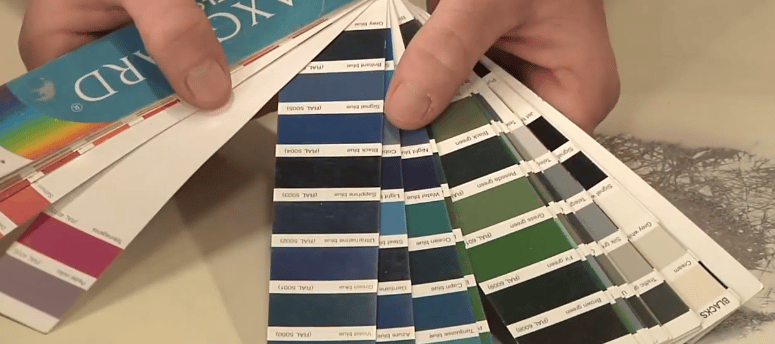How to Color Match Gelcoat Repairs
A brief description of the color-matching process used for gelcoat repairs.
GELCOAT REPAIR
12/31/20241 min read


Matching the color of gelcoat for repairs can be challenging, but it's achievable with the right expertise, techniques and products.
Here are the key steps to match gelcoat color:
Choose the appropriate base: Gelcoat typically comes in white base or neutral base. For most boats, which are some version of white, off-white, beige, or cream, a white base is suitable.
Mix more than required: Prepare at least a pint of gelcoat, even for small repairs, to ensure sufficient material is on hand for future touch-ups.
Add pigments gradually: For white or off-white boats, only three pigments are typically required: brown, yellow, and black. Start with a tiny amount of black to soften the harshness of the white base.
Use small increments: A thin layer of pigment is applied to a stick and added to the gelcoat mixture in small amounts to avoid overshooting the desired color.
Mix thoroughly: The pigment is slowly mixed into the gelcoat by allowing it to drip into the main mixture for even distribution.
Compare with the hull: The pigment is mixed into the gelcoat before adding the catalyst, so it may be compared against the hull color near the damaged area.
Prepare the surface: A polishing compound is used on the damaged area of the hull first to remove oxidation and reveal the true underlying color for best results.
Test the color: A small amount of the mixed gelcoat is applied to the repair area and allowed to cure to determine if further adjustments to the color are needed.
Consider lighting conditions: For optimum results color comparisons should be made during daylight hours, preferably in mid-day, and without heavy cloud cover.
Use color charts: If available, color charts from the boat manufacturer or gelcoat supplier should be referenced to find the closest match to the vessel’s color.
Achieving a perfect match is challenging, especially for older boats with faded gelcoat, which is why trusting your repairs to professionals such as Yacht Daddy is essential.


